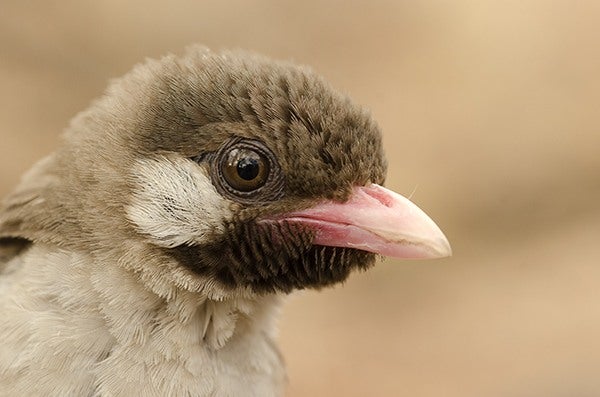A small African bird called the honeyguide has enlisted an unusual partner in its search for food: human honey-harvesters. The honeyguide is more efficient at finding honey-filled beehives than humans are, but in order to access the larvae inside, the honeyguide needs humans to open the beehives.
Over thousands of years in in Mozambique, the two species of honey-lovers seem to have worked out a mutually beneficial partnership. The honeyguide listens for the calls made by the hunters when they embark, and then begins to seek out honey. The hunters listen for the honeyguide’s distinctive call to guide them in their search. It’s a fascinating example of a mutualism, or a relationship between organisms where both benefit.

Mutualism is not to be confused with altruism, in which one organism acts to benefit another, usually of the same species, sometimes at its own expense.
Mutualism involves at least two different species. Microorganisms are commonly involved in mutual relationships. For example, bacteria in a termite’s gut allow the termite to digest cellulose. Insect-plant mutualism is also common. In one well-known example, ants guard acacia trees from most predators in exchange for sugary nectar. In the marine environment, clownfish and sea anemones live together for mutual benefit.
Mutualism between vertebrate animals is rare. As in the honeyguide-human configuration, many involve different species leveraging their different abilities to increase hunting efficiency. In the American West, Native American and settler folklore described coyotes hunting in association with badgers. Coyotes rely on open country to pursue and capture prey. Badgers dig underground and pursue ground squirrels and other subterranean prey through their burrows. Coyotes wait outside burrows for a ground squirrel to exit, fleeing an underground badger. Hunting in this manner allows the coyote to remain motionless and hunt in brushy areas, effectively expanding their habitat. Meanwhile, sensing the coyote, some squirrels remain in the burrow, giving the badger more opportunity to catch them.
Upon systematic testing, single coyotes hunting with badgers were 34% more likely to catch a squirrel. Badgers’ success was harder to measure, but badgers hunting with coyotes surfaced far less frequently than badgers hunting alone. Surfacing is associated with inefficient hunting, so apparently the badgers are benefitting as well.
When it’s beneficial, like with honeyguides and humans, each species takes advantage of the other’s unique abilities. But that’s not to say mutualism indicates a kinder, gentler animal kingdom: Coyotes hunting in packs have been known to eat badgers. Apparently the two species are most likely to associate when hunting is difficult and when burrows are highly interconnected. Circumstance is everything.







